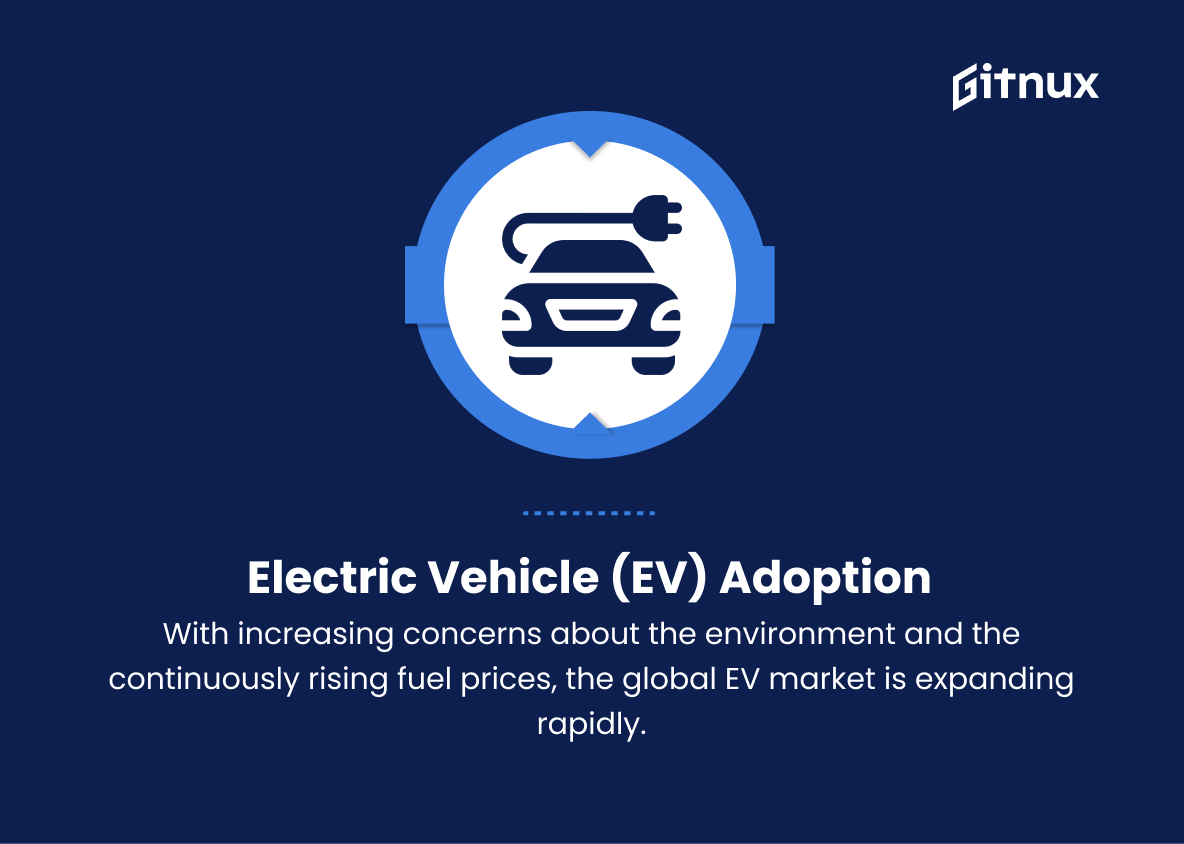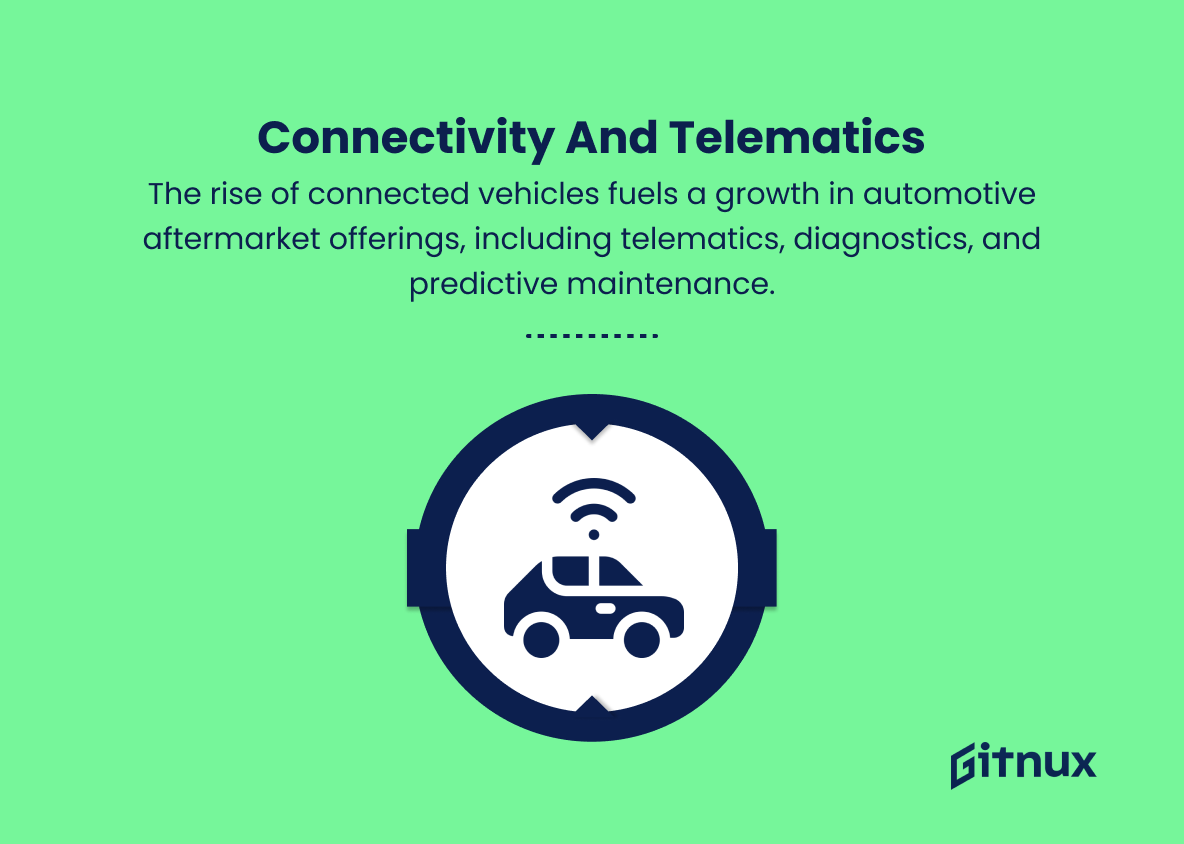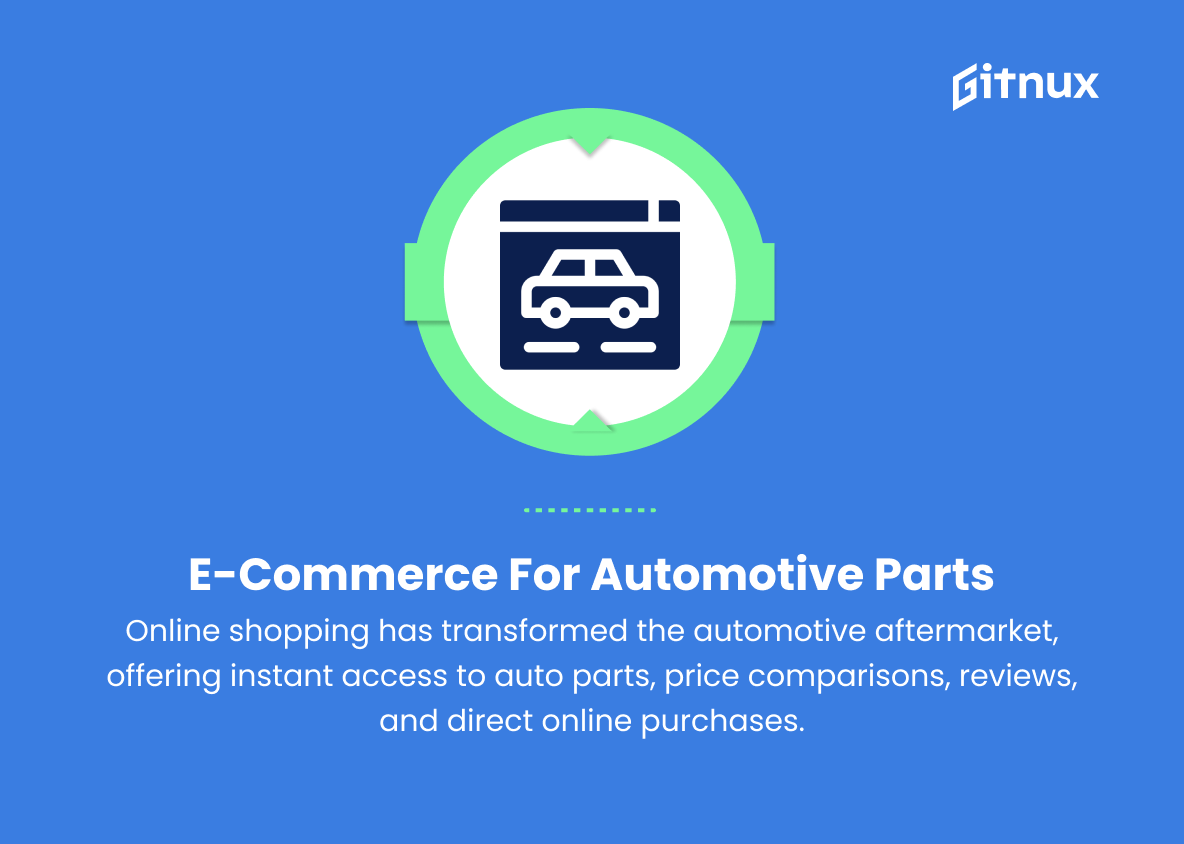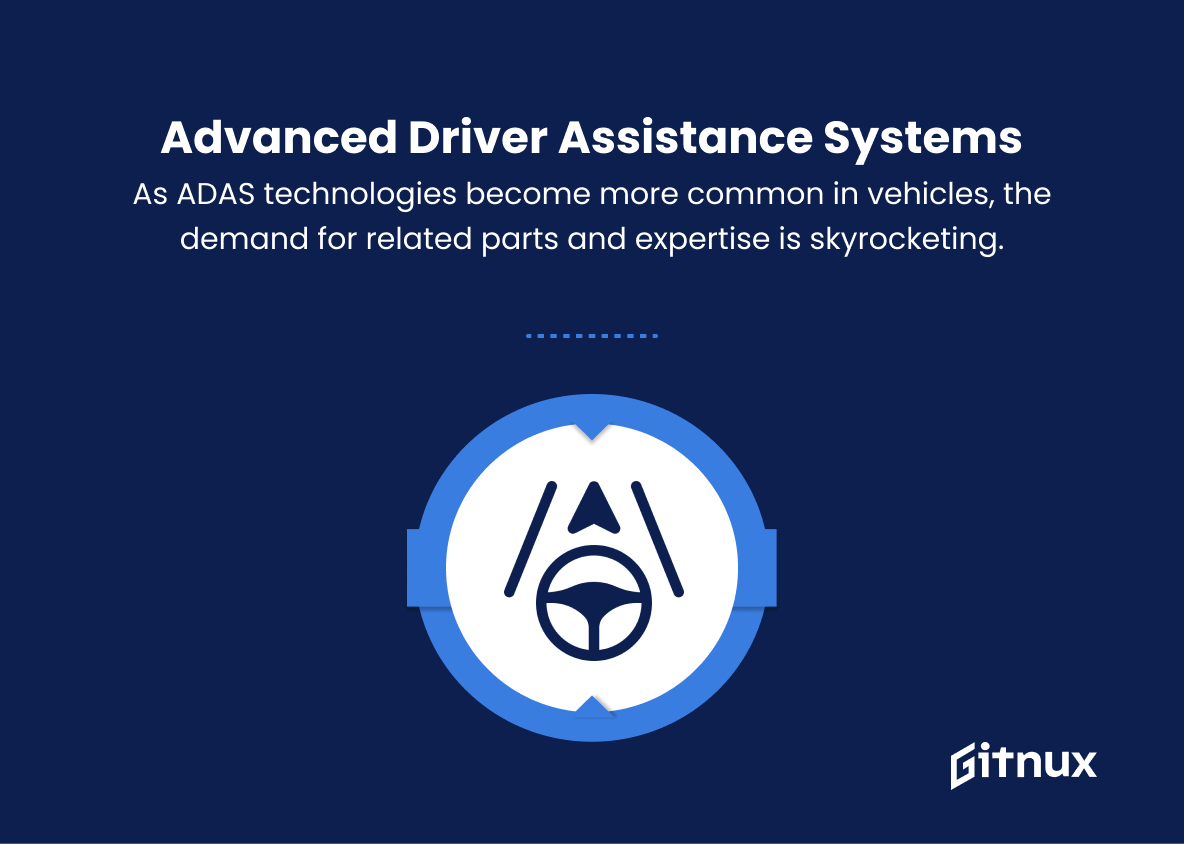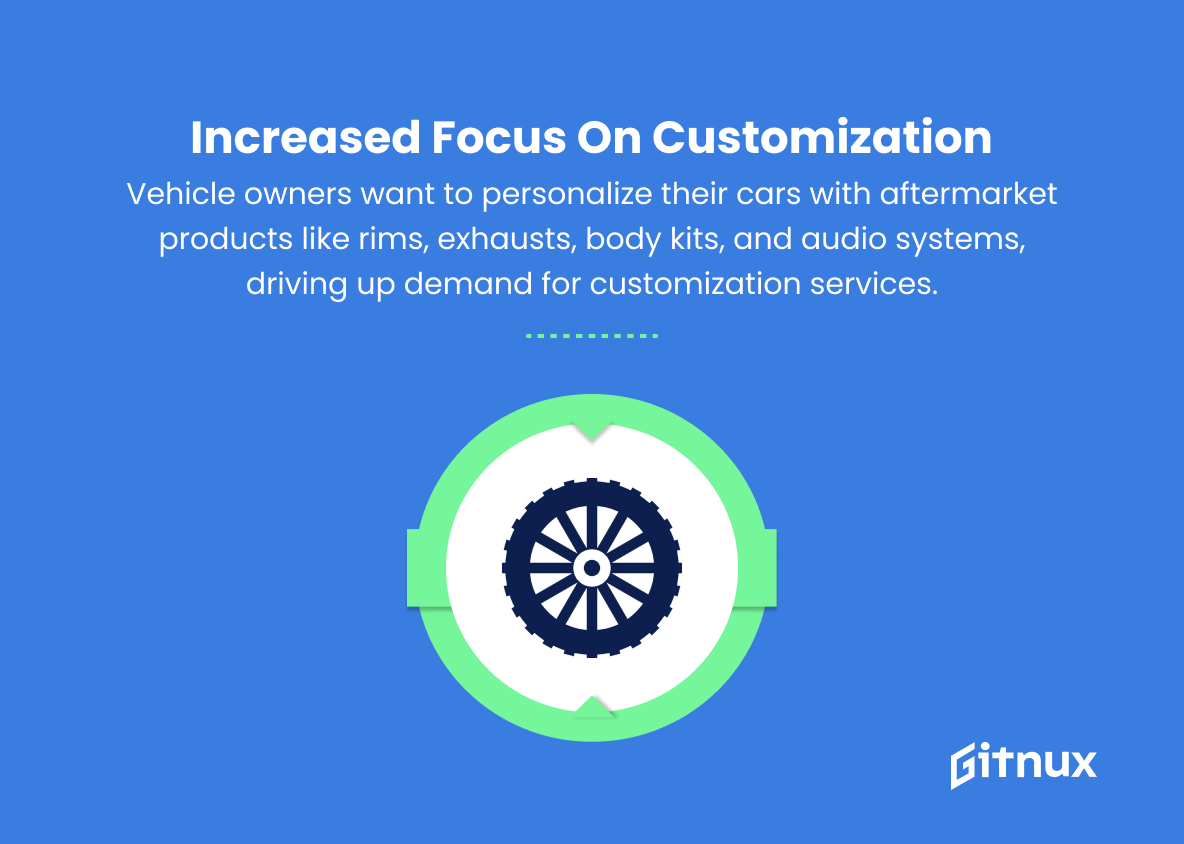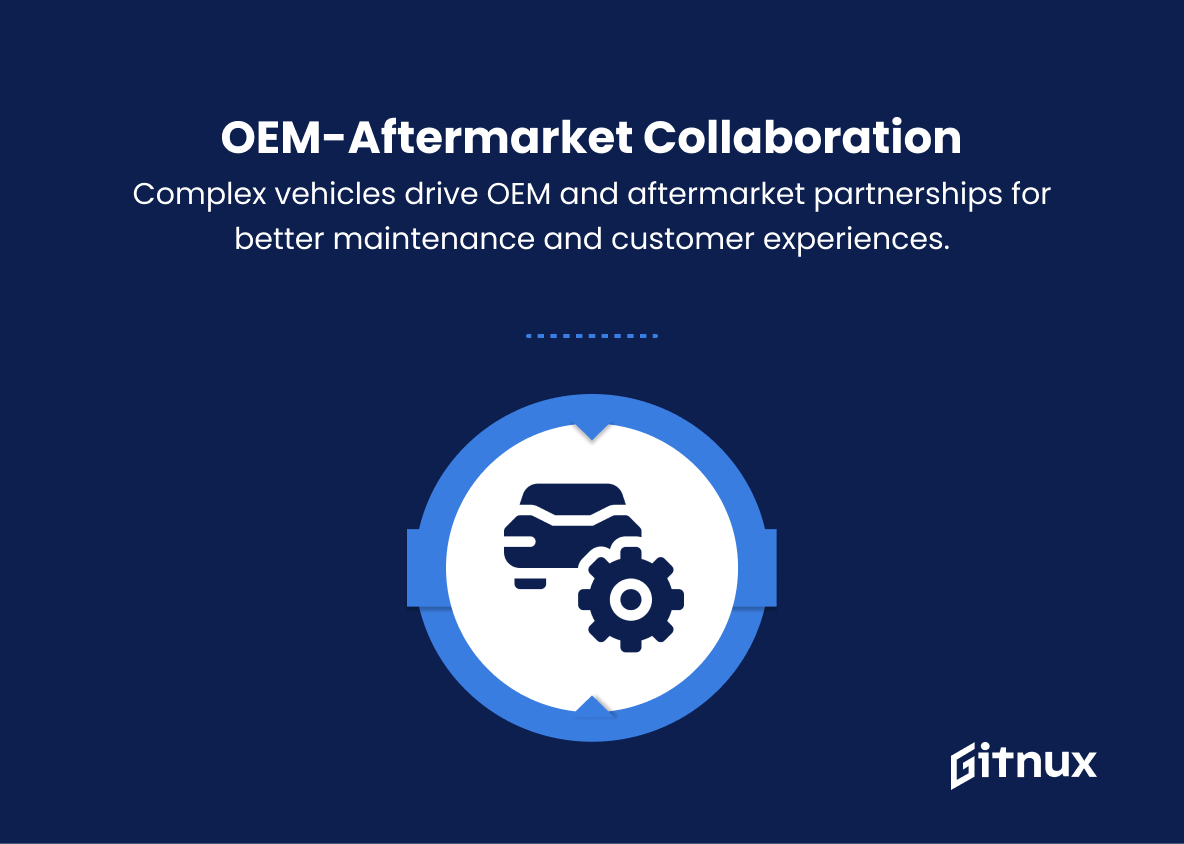As we navigate through a rapidly evolving automotive landscape, it is vital for industry professionals, vehicle enthusiasts, and consumers alike to stay informed and adapt to emerging trends. With the ever-changing dynamics of our digital era, the automotive aftermarket is no exception, consistently revealing new developments and innovative solutions as it progresses. In this compelling blog post, we delve into the current automotive aftermarket trends, seeking to educate, inspire, and prepare you for the impact of these transformations on your business and personal pursuits.
Say goodbye to your rearview mirror as we accelerate into the future of the automotive industry, one revolutionary trend at a time.
Top Automotive Aftermarket Trends
1. Electric vehicle (EV) adoption
With increasing concerns about the environment and the continuously rising fuel prices, the global EV market is expanding rapidly. This is pushing the automotive aftermarket to adapt and offer specialized EV products and services such as charging stations and accessories, EV-specific repair tools and equipment, and more efficient replacement batteries.
2. Connectivity and telematics
Connected vehicles are becoming more prevalent, leading to a surge in automotive aftermarket offerings that incorporate telematics, onboard diagnostics, and predictive maintenance services. These innovations mean that vehicle servicing will become more proactive than reactive, as well as more convenient for vehicle owners.
3. E-commerce for automotive parts
Online shopping has revolutionized the automotive aftermarket. Buyers now have instant access to various auto parts and can price-compare, read reviews, and make purchases directly online. This has forced brick-and-mortar stores to offer expanded online selections and better customer services, driving a more competitive market overall.
4. Advanced driver assistance systems (ADAS)
With increasing integration of ADAS technologies like lane departure warning systems, blind-spot monitoring, forward-collision warnings, and autonomous braking into new vehicles, the demand for parts and expertise in these systems is growing exponentially.
5. 3D printing
The potential for 3D printing in the automotive aftermarket is immense, as it can revolutionize the supply chain by making it simpler and more cost-effective to manufacture and deliver custom or low-demand parts to customers.
6. Increased focus on customization
Vehicle owners are increasingly seeking to personalize their vehicles with aftermarket products such as rims, exhaust systems, body kits, and enhanced audio systems, leading to higher demand for customization services.
7. Data-driven business models
Automotive aftermarket companies are using customer data to offer personalized recommendations and targeted marketing, often leveraging AI and machine learning tools to analyze data and make better, data-driven business decisions.
8. Remote vehicle diagnostics
Remote diagnostic tools are enabling technicians to diagnose and troubleshoot vehicle issues without the need for physical inspection. This is increasing efficiency and convenience, and improving customer satisfaction.
9. Subscription models for maintenance services
Subscription-based services are becoming more popular in the automotive aftermarket as they provide customers with predictable costs and regular maintenance schedules, while also generating consistent revenue for businesses.
10. Collaboration between OEMs and independent aftermarket providers
The increasing complexity of vehicles is driving partnerships between original equipment manufacturers (OEMs) and independent aftermarket providers, resulting in better cooperation, optimized maintenance strategies, and improved customer experiences.
Implications
The automotive aftermarket is experiencing significant changes due to increasing electric vehicle adoption, leading to the need for specialized services and products related to EVs. Additionally, the rise of connectivity and telematics are transforming vehicle servicing into a more proactive, convenient process.
The prevalence of e-commerce has led to heightened competition between online and brick-and-mortar automotive parts stores, while advanced driver assistance systems (ADAS) are creating a growing demand for parts and expertise in these technologies. Innovations such as 3D printing and increased focus on customization are revolutionizing the supply chain and expanding the customization industry.
Data-driven business models, remote vehicle diagnostics, and subscription models for maintenance services all contribute to enhancing customer satisfaction and making the automotive aftermarket more efficient. Finally, collaboration between OEMs and independent aftermarket providers is optimizing maintenance strategies and improving overall customer experiences in this rapidly changing landscape.
Conclusion
The automotive aftermarket industry continues its rapid transformation due to evolving consumer preferences, advancing technology, and a focus on sustainability.
With the rise of e-commerce, vehicle connectivity, and environmentally friendly products, businesses within the aftermarket sector must remain adaptive and agile in order to stay competitive. By embracing these trends, industry players can capitalize on growth opportunities, improve customer satisfaction, and contribute to a more efficient and sustainable transportation landscape.
The key to future success in the automotive aftermarket sector lies in understanding and adapting to these emerging trends, as they will define the way we maintain, repair, and improve our vehicles for years to come.
